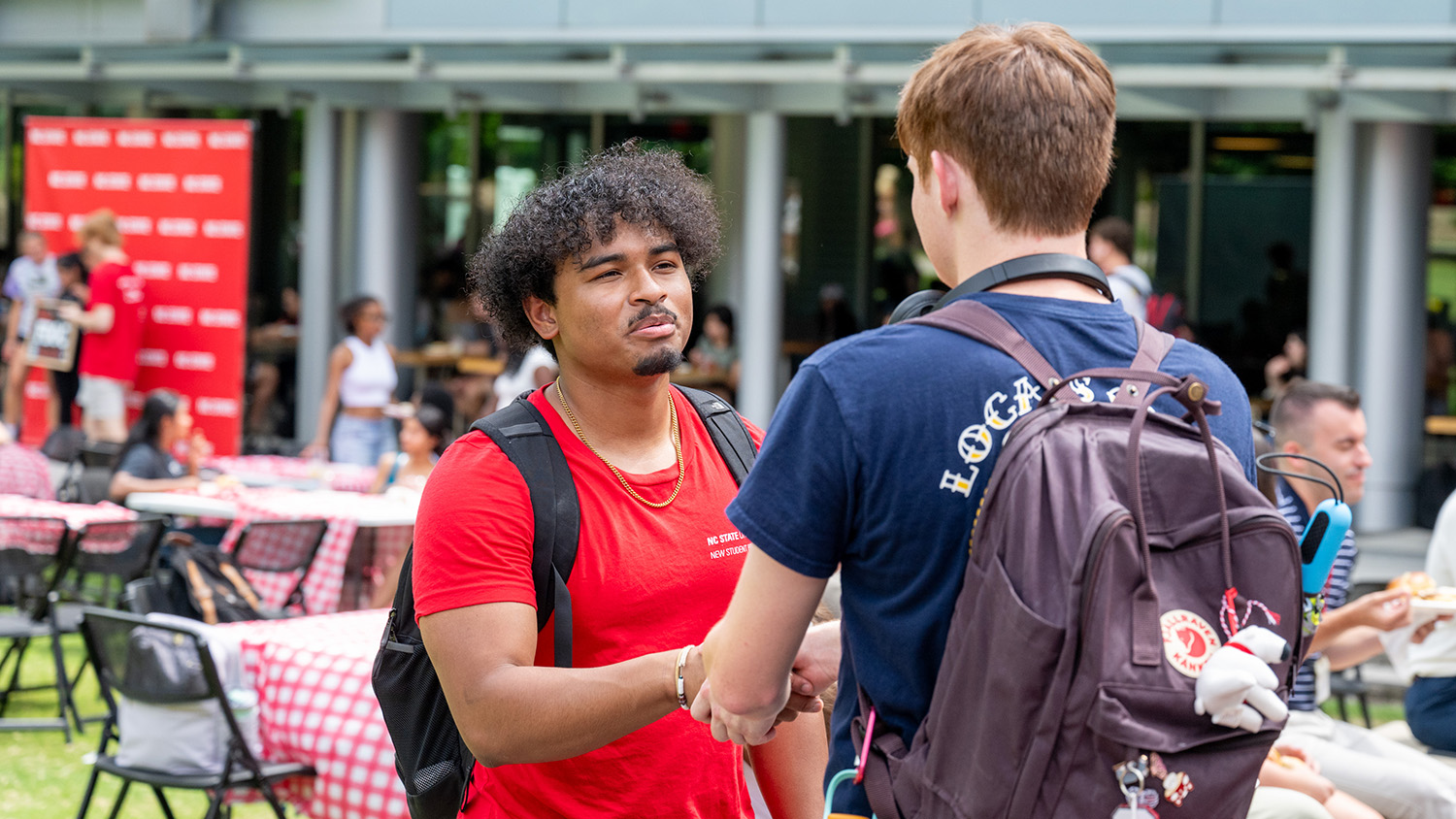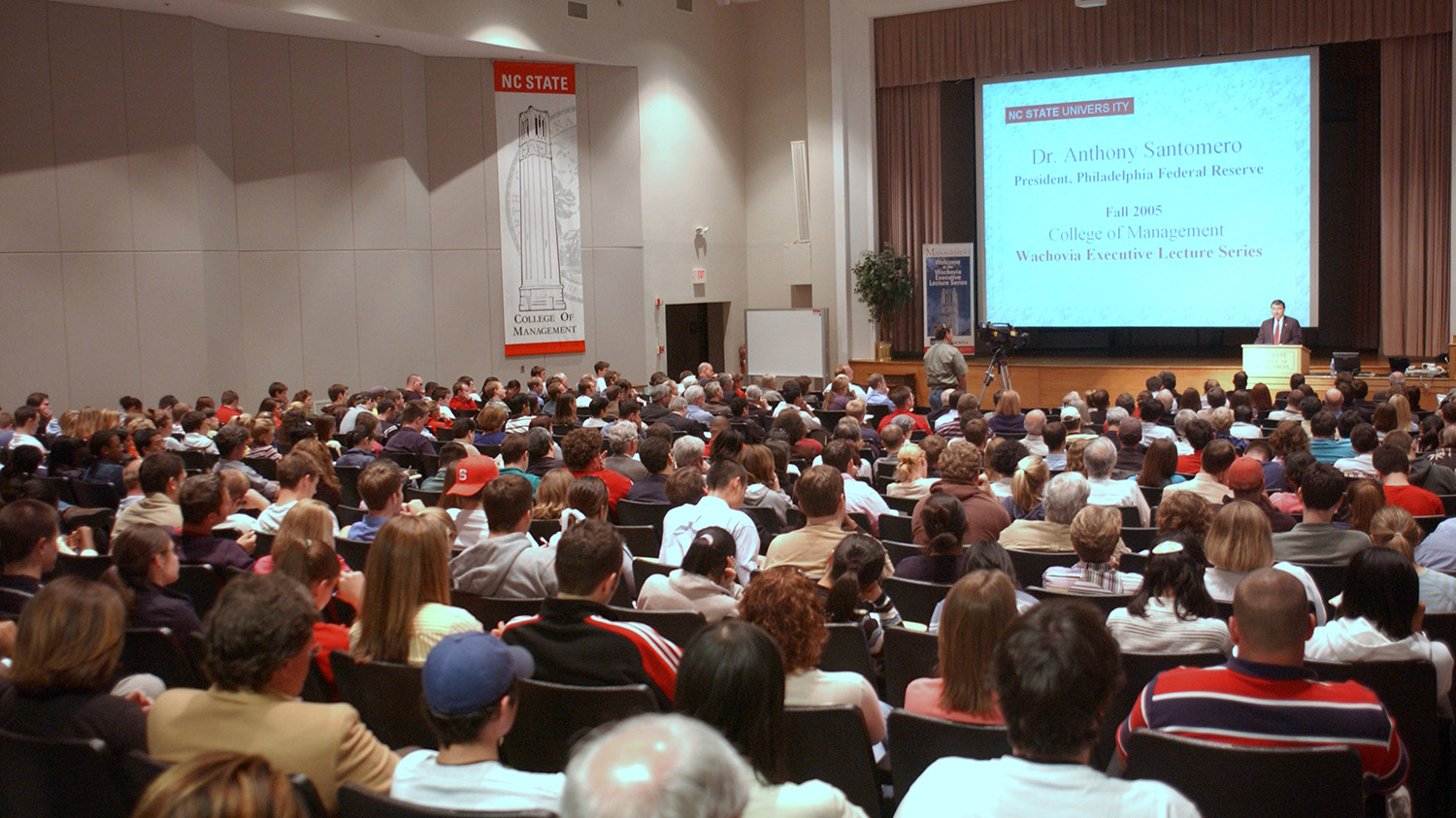HOW Design Live 2017 Recap
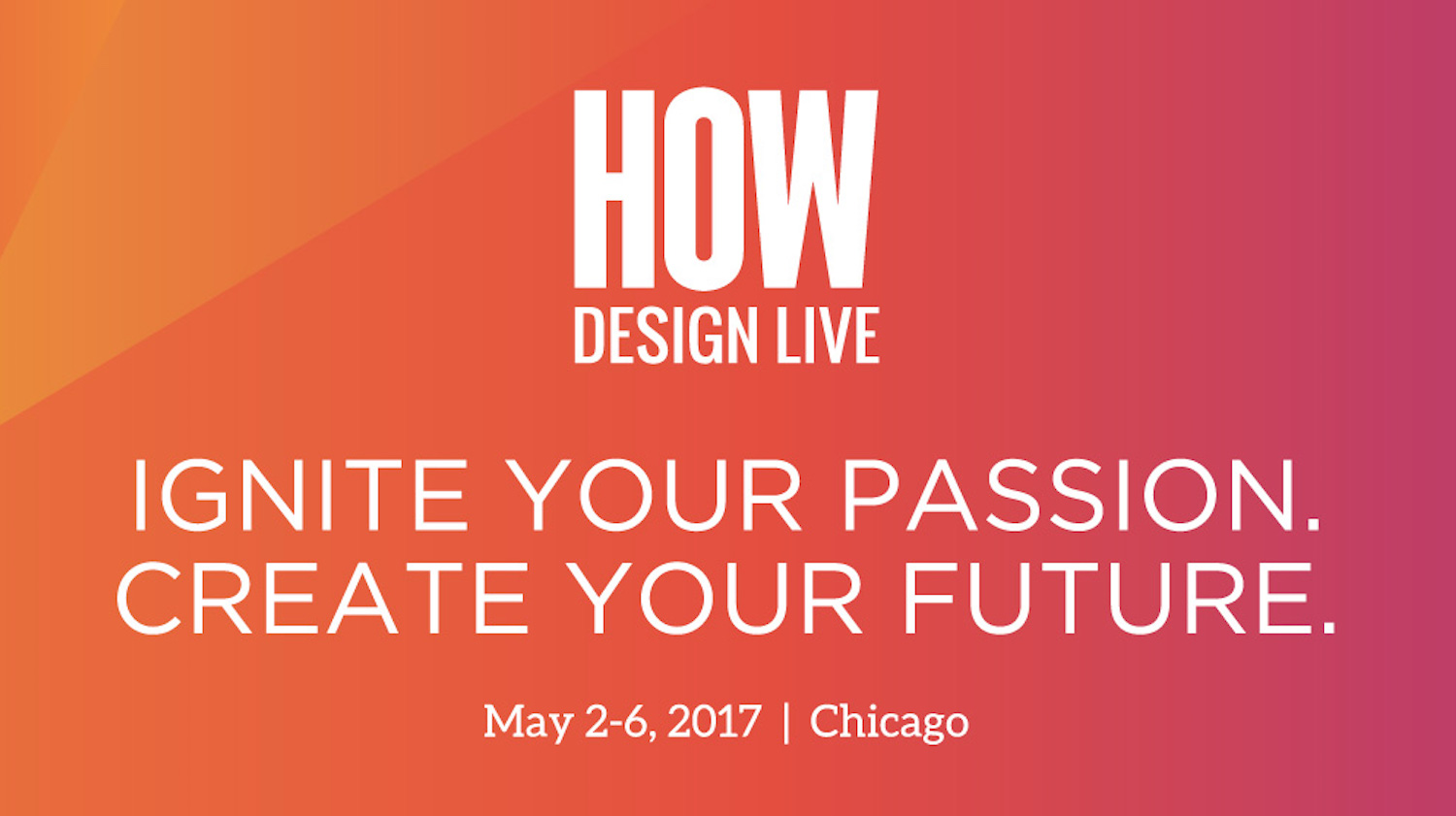
Recently, Katie Bean, Rich Gurnsey, Laurie Gyalog, Jennafer Pettit and Merranie Zellweger attended HOW Design Live 2017. The goal of the conference is to refuel passion for work while also combining practical knowledge needed to achieve and advance in your own career. After returning from the conference, the group presented to DELTA staff what they found most inspiring, relatable and interesting.
Discussing Design: Improving Team Communication and Collaboration Through Critique
One HOW session led by Adam Connor titled “Discussing Design: Improving Team Communication and Collaboration Through Critique” was particularly impactful for the DELTA staff. In this session, Connor discusses the benefits and downfalls of critique, how to effectively give and receive criticism, and practical tools for communicating and collaborating during a project.
“Conversations are one of the most painful things we can put ourselves through, but we have to do it. Conversations, talking with others, that’s how we get work done. Because we have to work with other people. So we have to figure out how is it that we can go about talking to one another and make it work,” said Connor.
He then continued to explain the three types of feedback given. The first type of feedback is reaction, the gut response to a project or idea. The second is direction, which tends to be how someone else envisions the project. The final and best way to give feedback is through critique, which requires critical thinking from all parties.
- Reaction, this is the gut response to a project, design or idea.
- Direction, how someone else envisions the project.
- Critique, which is the most effective way to give feedback. Requires critical thinking from both parties involved.

While explaining the purpose and benefits of giving critique he also suggested questions to ask during a critique such as, “What are the objectives? What are the related design elements? Are they effectively being met? Why or why not?”
Another key element in giving critique is recognizing that problem solving is not the answer. Also when asking for feedback, ensure all people feel they hold equal weight in a critique.
As for the types of critiques, Connor went on to explain three types of critiques are beneficial. The stand alone critique, group critiques and finally design reviews. Each type of critique brings new elements to the concept of feedback.
Finally, Connor explained the presenter/designer of a project is expected to facilitate positive critique. In a moment of humor, Connor put it simply by saying, “No one is Kanye West. Don’t ask for critique if you are not prepared for it. If you want a hug, ask for a hug.”
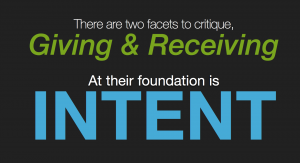
In the video, Connor said presenting the experience is far more valuable and important than presenting the details. As a project presenter, facilitation is crucial. Leading conversations in critical thinking, actively listening and developing a strategy to deal with difficult people, will help to achieve a mutually beneficial conversation.
“Critique absolutely has to be present. It’s at the core of good presentation,” said Connor. By learning how to use the tools and suggestions from this breakout session, DELTA hopes to strengthen feedback critiques on projects in the future.
Out of Juice: How to Replenish Your Creativity Well
The next session discussed led by Terri Tresicio title “Out of Juice: How to Replenish Your Creativity Well,” focused on the concept of creativity and inspiration. During her session, Tresicio focused on 10 steps that help creativity.
Step 1: Stop seeing creativity as a static trait. Creativity is the ability to transcend traditional ideas and rules. Tresicio explained that too many people think of creativity as a talent or a trait but that is not how we should be thinking of creativity. There is no finite amount, you do not run out of creativity.
Step 2: Take habits seriously and take care of yourself. Tresicio quoted Twyla Tharp from her book, “The Creative Habit”. In her book Tharp writes, “The routine is as much a part of the creative process as the lightning bolt of inspiration, maybe more.” Tresicio also explained the importance of mornings. She made a comparison to her mind in the morning like a field of undisturbed snow. Keeping people and stresses and ideas from plowing into the snow is important.
Step 3: Look fear in the face. You’re going places but your fear isn’t. Resistance, procrastination, chaos, reason, Netflix, chores are all justifications and excuses we use to talk ourselves back into our comfort zone.
Step 4: Find a foothold for creativity, even if it is small.
Step 5: Look at a problem sideways. When you focus elsewhere, you can see unnoticed details in a project, concept or idea.
Step 6: Do not be too precious with your ideas. Be willing to hear feedback, critique and criticism. Then, adjust your ideas accordingly.
Step 7: Rethink old ideas, ask questions and then rethink your answers.
Step 8: Limit yourself by setting standards. Try writing a sonnet for practice.
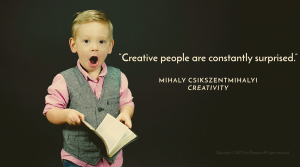
Step 9: Tresicio quoted a famous physicist, Freeman Dyson who said, “I think it’s very important to be idle, people who keep themselves busy all of the time are generally not creative.” In the same sense, give yourself time to think and be patient with yourself. Do not push and demand creativity at all times, at all hours. Give your brain the time and space to incubate on something.
Step 10: Commit fully instead of halfway. Your best work is produced through full focus of time, resources and attention. Halfway committing leads to disappointment with your work and with yourself.
In conclusion, Tresicio explained to give yourself a break. In order to fill your well of creativity, take care of yourself, the work you do and the people that you work with.
Excerpt on Presence
The final session that sparked interest among DELTA staff was an excerpt from Amy Cuddy on Presence. Here is a TED Talk similar to the one she gave at HOW Design Live. Cuddy studied physical presence and power dynamics. She explained the importance of self-confidence and physical awareness.
Cuddy wanted to know if our nonverbals govern how we think about ourselves. She created an experiment to answer the question, “When you feel more powerful, are you more likely to exhibit signs of power?”
She then conducted an experiment testing levels of testosterone and cortisol hormones. An ideal leader would have high levels testosterone and low levels of cortisol indicating high confidence and low-stress reaction.
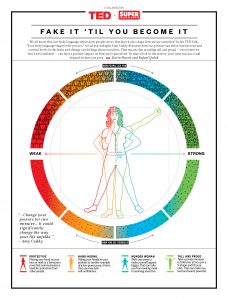
After having participants stand in a powerful stance that required taking up a lot of physical space, participants felt more confident and had higher levels of testosterone and lower levels of cortisol. Participants that were instructed to exhibit weak poses, such as minimizing the physical space or touching their neck, resulted with lower levels of testosterone and higher levels of cortisol.
Cuddy demonstrated that physical power poses, such as a wonder woman stance actually can physically change the way we think about ourselves. Cuddy then proceeded to explain the “fake it ‘til you make it” mentality. Cuddy explained that often people who exhibited these power poses felt that they were not being themselves. She continued to explain the “fake it ‘til you make it” mentality should be viewed as the fake it ‘til you become it.
In an interview, people want to hire a person who exhibits a high-power presence and appears confident. Tiny tweaks with power poses can help you to physically feel more powerful by showing people who you are and who you want to be. Cuddy concluded her session by encouraging the audience to practice power posing in their everyday life and sharing it with others.
DELTA staff enjoyed the HOW Design Live Conference and appreciated the practical problem solutions covered throughout the weekend. From learning more about beneficial critique, to replenishing creativity, to power posing, DELTA staff expanded on knowledge to implement back in our office. DELTA staff that did not attend the conference also gained perspective through the presentations and group discussions.
